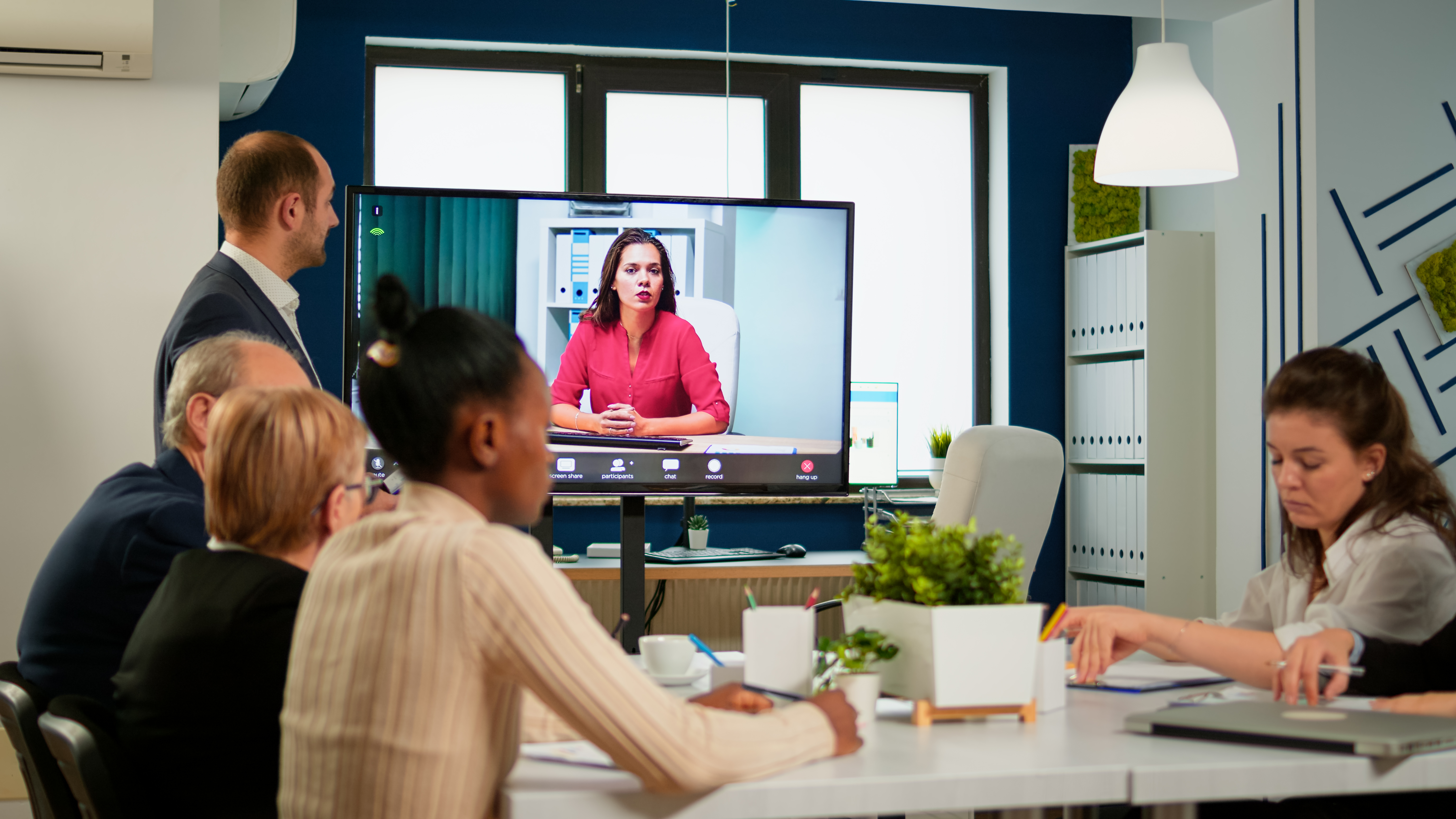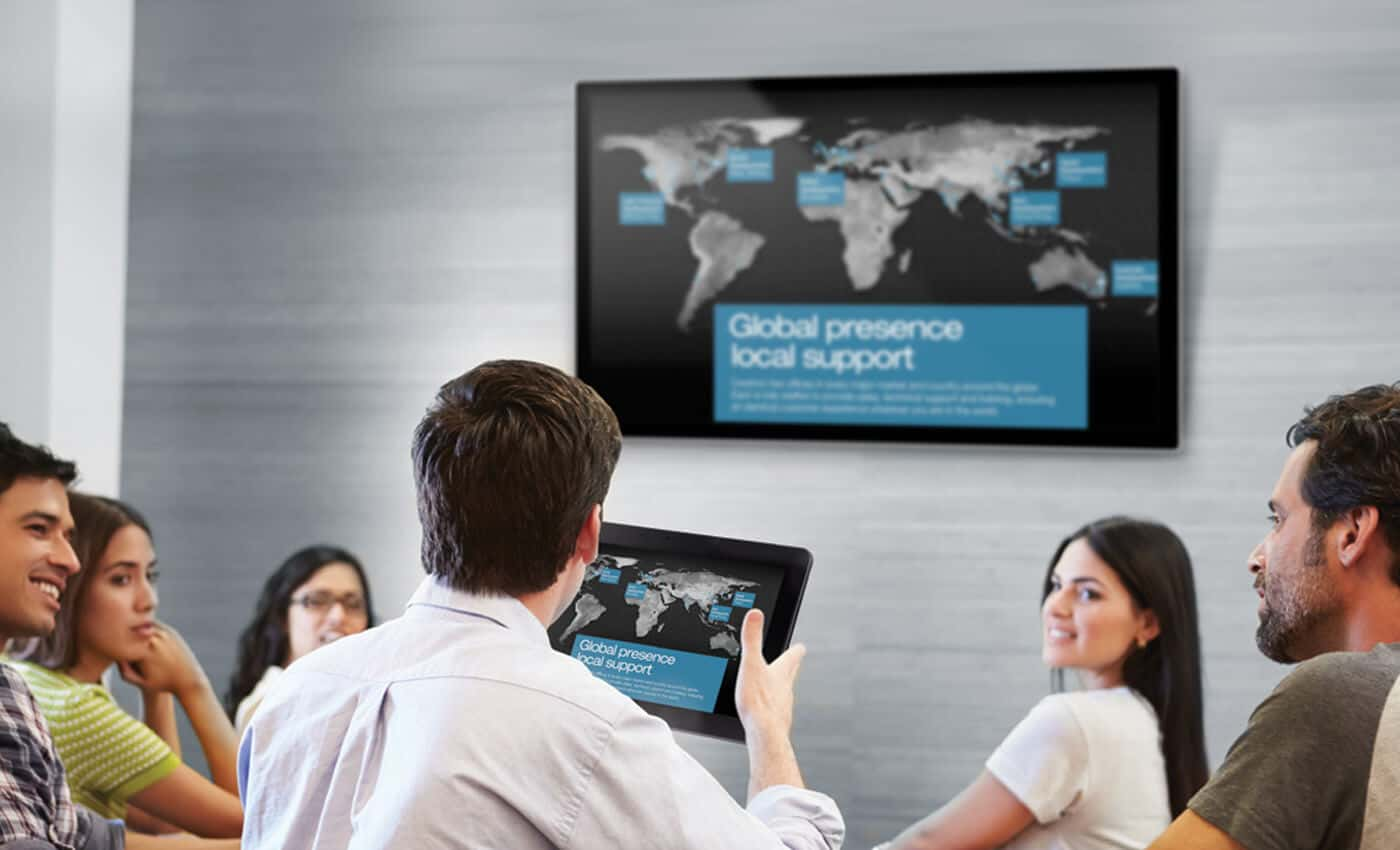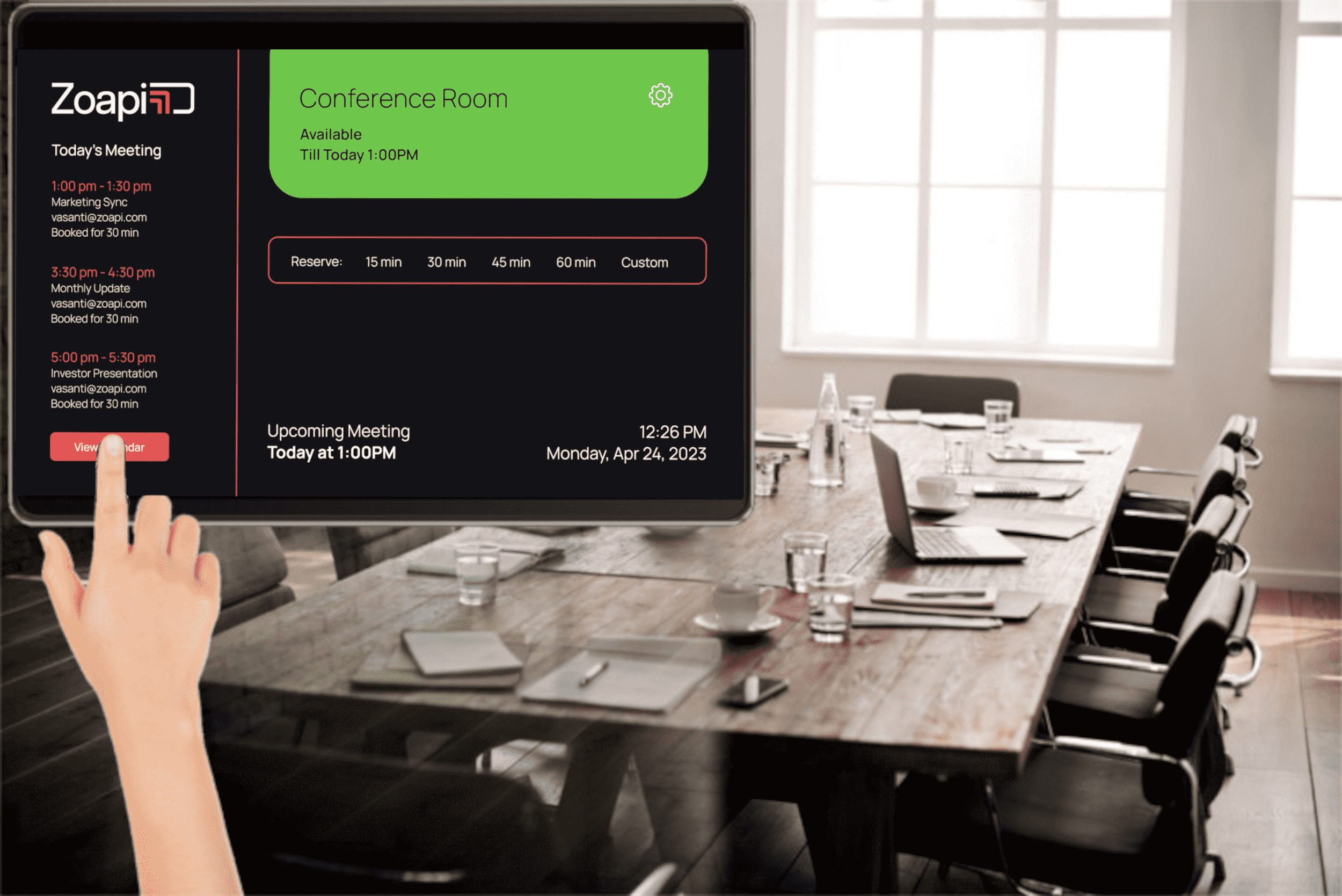
Reasons Why Traditional Room Systems Are Incompatible with the Evolving Hybrid Workplace
Working from home was always an option. However, it has grown significantly during the previous two years. As thoughts turn to returning to workplaces and the future of work, business executives worldwide are considering a new approach to working – hybrid workplaces.
Many employers opt to maintain remote employment as firms reopen their physical facilities. According to a McKinsey report, almost 90% of organizations expect to blend remote and on-site labour as part of their long-term strategies. Read along as we discuss hybrid workplace systems and why traditional room systems are no longer incompatible.
Definition Of Traditional Room Systems
In India, conventional office culture has been defined by strict working hours, hierarchical systems, and limited opportunities for cooperation and innovation. Employees must work in a set office location, follow rigorous timetables, and keep a professional distance from co-workers. It causes a lack of flexibility, stifles innovation, and limits personal and professional development. However, with the advent of technology and the growing demand for cooperation and innovation in today’s corporate environment, India’s traditional office culture is changing dramatically.
Explanation Of The Hybrid Workplace Model
The hybrid workplace model mixes remote and on-site workers, allowing some or all employees to choose where and when they work. In-office time can be scheduled by day, by team, or on an as-needed basis. According to research, where and when work is carried out will be based on what makes the most sense to promote the highest productivity and engagement levels.
The hybrid approach is not suitable for each workplace or industry; it is best suited to employees whose jobs are computer-based and do not require on-site performance. According to a McKinsey research, 20% to 25% of the workforce in advanced nations could work from home three to five days a week. This is four to five times the amount of remote work that existed before the pandemic. This means that the hybrid workplace model represents the future of work and robust, dynamic workspaces.
The Shift Towards Hybrid Workplaces
A hybrid workplace concept combines in-office and remote work to provide flexibility and support to employees. Employees in a hybrid workplace often have greater autonomy and a better work-life balance, leading to higher engagement levels. Employers profit from developing a more productive, healthy, and stable staff.
At its best, hybrid work will bridge the gap between remote and on-site locations, allowing employees to collaborate seamlessly. Investing in office technology, such as remote communication methods and video conferencing equipment, will help to facilitate this. You will also need to consider whether you need new tools or if you can use existing ones in new ways.
Evolution Of Communication Technologies
Gone are the days of closed-in conference rooms relying solely on heavyweight bespoke video conference hardware. Today’s meeting rooms are increasingly embedded as part of flexible, intelligent workspaces, with a technology ecosystem aimed at seamless mobility, dynamic real-time collaboration, and decentralized access, spreading organizational knowledge.
Key drivers behind this evolution include migration to software-based systems leveraging cloud, web, and mobile technologies for easier deployment across distributed offices. Also, vendor-agnostic solutions prioritizing interoperability and bring your own device (BYOD) support now prevail, moving away from proprietary platforms binding end users to single sourcing.
Incompatibility Issues With Traditional Room Systems
Legacy audio-visual technology in many workplace meetings and conference rooms can hamper seamless collaboration due to compatibility issues across different devices and platforms. Challenges typically include:
- Inconsistent network or audio configurations that disrupt conferencing app functionality between local and remote participants
- Dated display input limitations that constrain content-sharing options
- Proprietary technologies that lock users into specific hardware vendor ecosystems
Additionally, traditional systems often lack the flexibility to support evolving use cases like wireless sharing from user devices or integrating next-generation video and IoT capabilities. These compatibility hurdles cause wasted meeting time troubleshooting basic presentation logistics and limit rooms’ ability to keep pace with modern team workflows.

Need For Evolving Workspaces
How we work has changed dramatically, but many workspaces have failed to keep pace. Open office layouts now dominate, while remote and hybrid teams have become standard. Why?
Open floor plans cater to cross-functional engagement, while focus rooms provide quiet individual work areas. Also, evolving workspaces integrate customizable tech that allows teams to configure spaces on-demand based on immediate needs – from video calls and conference calls to whiteboarding sessions, presentations, and more.
This means the solutions underpinning these spaces must provide consistent, intuitive user experiences regardless of location while allowing administrators to optimize utilization.
Future Trends And Predictions
Hybrid workforce analysis and solutions for tracking HR information have recently gained popularity. Experts estimate that by 2030 the workforce analysis landscape market will be valued at more than $4.78 billion. Specific trends have evolved, increasing demand for certain technologies and influencing how new solutions are produced. This includes:
1. Workforce Analysis
One of the primary reasons why firms use hybrid workforce analysis tools is to investigate the influence of flexible working practices on team productivity, company growth, and talent turnover. As businesses strive to define the future of employment, these technologies become increasingly valuable. They provide insights into which hybrid and flexible programs are effective and how return-to-office mandates affect businesses.
2. Rise of Predictive Analytics
Artificial intelligence (AI) in workforce analysis enables businesses to do far more than simply examine the impact of their existing hybrid work initiatives. AI and machine learning systems can use previous data to provide predictive insights to teams. They can help firms understand which individuals may benefit from more flexible working arrangements and how to schedule teams to increase productivity and efficiency.
3. New Innovations and Technology
Workforce analysis tools benefit from advancements in the broader business technology ecosystem. We’ve already discussed AI’s impact on transforming raw data into meaningful insights. However, new transformative solutions are also developing. For example, automation solutions make it easier for businesses to access data quickly and effectively for auditing and review.
Conclusion
Employees in the future workplace will effortlessly integrate into hybrid teams, regardless of where they are physically located. That begins with developing effective communication and planning techniques, breaking down silos, and creating a connected workplace.
HR directors also require a sophisticated set of smart technologies to assist recruitment, onboarding, and engagement and the systems and tools required to increase remote staff productivity, efficiency, and resilience. Also, hybrid workplaces that incorporate cloud-based services, improved security infrastructures, and expanded communication capabilities will be better able to achieve both employee expectations and financial goals.




